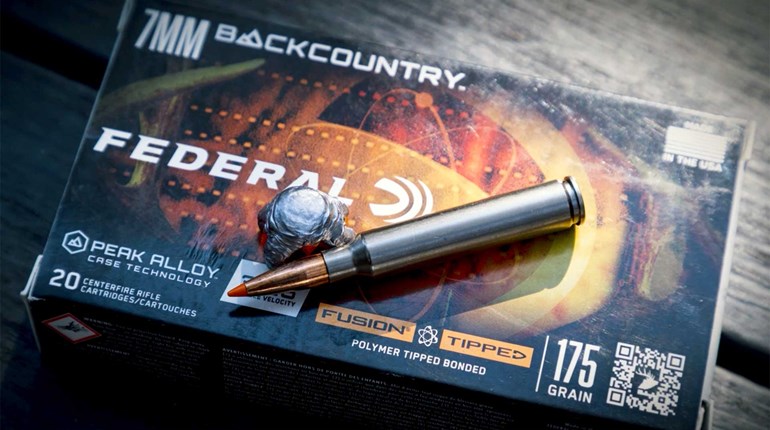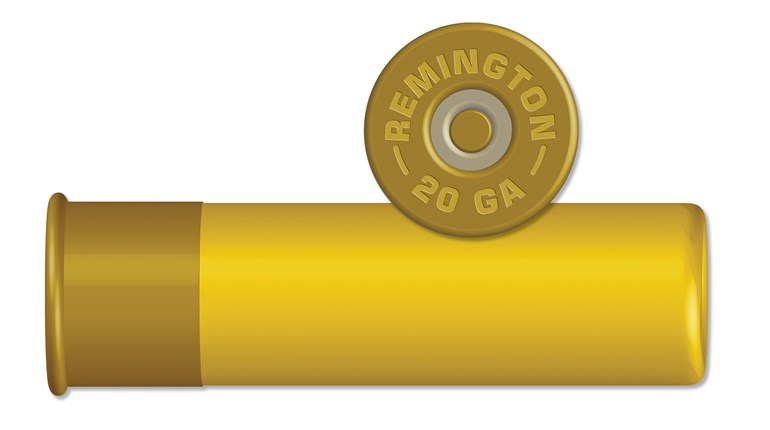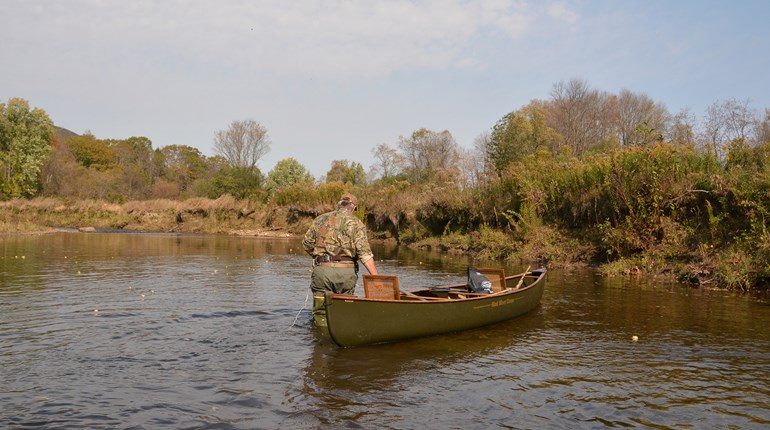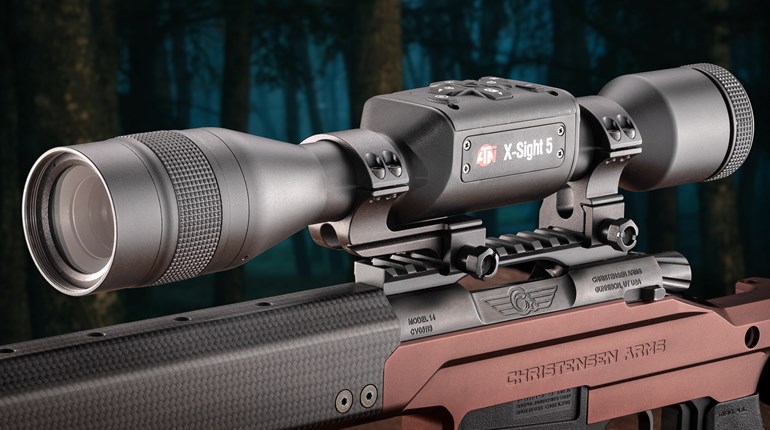
Here we have a pair of long, belted magnums which have their own diminishing yet fervent followers. Both are based on the Holland & Holland belted case, which uses that belt of brass just above the extractor groove to give the headspacing of the rimmed cartridges, but the ability to feed smoothly from a box magazine. Both generate very impressive velocities—based on the volume of their cases—and both have a rather significant recoil level. Both have a wide range of bullet weights to handle all sorts of varying game species, making them good choices for an all-around rifle. And though there may be more popular and more efficient cartridges, I see no reason to decline a good rifle chambered for either of these. Let’s compare and contrast the two.

Roy Weatherby began producing his wildcats in the early 1940s, and of the wide range of calibers he would produce, his .300 Weatherby Magnum would go on to become the most popular of the lot. The majority of Weatherby’s cartridges were based on a blown out .300 Holland & Holland case, sometimes being shortened to fit in long-action receiver, but the .300 Weatherby case would measure 2.825 inches, just below the H&H case length of 2.850 inches. And the case would feature the Weatherby signature: a double radius shoulder instead of a simple angled design. Before Weatherby released their behemoth .30-378 Weatherby Magnum, their .300 Weatherby was the fastest .30-caliber magnum in the field.
It’ll push a 180-grain bullet to a muzzle velocity of 3250 fps, considerably faster than the .30-06 Springfield, .300 Holland & Holland and even the younger .300 Winchester Magnum. This speed does come at a price, and that price is recoil, but in a well-fitting rifle it can certainly be managed. Trajectories are flat; when the 180-grain load is zeroes at 250 yards, the bullet strikes 2.8 inches low at 300 yards, 12.2 inches low at 400 yards and 27 inches low at 500 yards. This load produces over 4,200 ft.-lbs. of energy at the muzzle and has almost 2,200 ft.-lbs. out at 500 yards.

Remington has long been a proponent of metric cartridges, introducing the 7mm Remington Magnum in 1963 and the 6.5 Remington Magnum in 1966, and even going so far as to rename the .280 Remington the 7mm Express Remington. In 1978, Big Green released their 8mm Remington Magnum, based on the .375 H&H case necked down to hold the 8mm bullets made popular by the 8x57mm Mauser cartridge. The case is the same length as the H&H duo—at 2.850 inches—and shares the 3.600-inch overall length. Much of the body taper has been removed; the cartridge has a 25-degree shoulder and the neck, at .355 inches, offers plenty of tension.

At .323-inch diameter, the 8mm bore is extremely popular in Europe and many of the former European colonies, and to an extent in America in our .32-caliber cartridges like the .32 Winchester Special (though the latter use a bullet of .321-inch diameter). But prior to the immense popularity 6.5 Creedmoor, American shooters have always seemed to shy away from cartridges with metric names. Remington’s choice of 8mm for their new cartridge may have been odd to some folks, but the bore diameter has a lot to offer. Bullet weights run from 150 grains up to 220 grains—very similar to the .30-caliber bullet weights—and the 8mm Rem. Mag. can push them to respectable velocities. The 180s will leave the muzzle at 3250 fps to 3350 fps, depending on the load, and the big 220-grain slugs are travelling at 2900 fps.

Comparing the two, the velocities are nearly identical, bullet weights are equally similar, and both require the use of a magnum-length action. The .300 Weatherby offers the advantage of higher sectional density values for the same weight of bullet, yet the 8mm Remington offers a slightly greater frontal diameter. The major difference between the two is the availability of factory-loaded ammunition. The .300 Weatherby is produced by a number of major manufacturers, including Federal, Hornady, Barnes, Nosler, Norma and Weatherby themselves. The 8mm Remington Magnum has fallen into near obscurity, and as of this writing, only Nosler offers loaded ammunition, though there are boutique companies who will produce ammunition for the owner of an 8mm Rem. Mag. For the handloader, Nosler offers excellent component brass, and there are plenty of 8mm bullets to choose from, ranging from simple cup-and-core designs to premium stuff. If you really want an 8mm Remington Magnum, I’d say that handloading your ammunition—or at least having someone handload it for you—is the only smart avenue to having a constant supply of ammunition.
Between the two, I have to declare the .300 Weatherby Magnum the victor, for the availability of ammunition, for the incredible selection of .30-caliber bullets, and for the slight advantage of .30-caliber over 8mm. Or perhaps that last point is better stated by saying that the 8mm bore diameter offers no realistic advantage over .30-caliber; both top out at 220 grains (250 grains in extreme cases for both) and the frontal diameter vs. Sectional Density argument seems to balance out. While there is nothing wrong with choosing the 8mm bore, it doesn’t really offer anything that you can’t achieve with the .30-caliber cartridges.

Cartridges like the .300 Remington Ultra Magnum, .30 Nosler and .300 PRC have all chipped away at the popularity of the .300 Weatherby Magnum, and while the 8x57mm Mauser will remain a popular choice for decades to come, other 8mm cartridges continue to struggle in the U.S. Sadly, both the 8mm Remington Magnum and .325 Winchester Short Magnum are fading fast. Despite that fact, those who hunt with either the .300 Weatherby or 8mm Remington Magnum are rabid fans. Craig Boddington championed both cartridges over the years, using them globally, with great results. And though I give the nod to the .300 Weatherby, should you find a good rifle chambered for the 8mm Rem. Mag., and you have a means to feed it, you will be well served.
Looking for previous installments of our "Head to Head" series? We've got you covered.
• 7mm Remington Magnum vs. 27 Nosler
• .257 Roberts vs. .25-06 Remington
• .300 H&H Magnum vs. .300 Winchester Magnum
• .308 Winchester vs. .338 Federal
• .222 Remington vs. .223 Remington
• .270 WSM vs. 7mm Rem. Mag.
• .22-250 Remington vs. .204 Ruger
• .25-06 Remington vs. 6.5 Creedmoor
• .444 Marlin vs. .45-70 Government
• 7x57mm Mauser vs. .280 Remington
• .300 Win. Mag. vs. .300 Wby. Mag.
• .375 Ruger vs. .375 H&H Magnum
• 7mm-08 Remington vs. .280 Remington
• .280 Remington vs. .280 Ackley Improved
• 7mm vs. .30 Caliber
• 6.5 Weatherby RPM vs. 6.5 PRC
• .338 Win. Mag. vs. .340 Wby. Mag.
• .300 RSAUM vs. .300 WSM
• .500 Jeffrey vs. .505 Gibbs
• 7mm RUM vs. .300 RUM
• .308 Winchester vs. 7mm-08 Remington
• 6.5 Creedmoor vs. .260 Remington
• .303 British vs. 8x57 Mauser
• .30-06 Springfield vs. All Other .30s
• .17 HMR vs. .17 WSM
• .450 Nitro Express vs. .470 Nitro Express
• 350 Legend vs. .35 Remington
• .280 Ackley Improved vs. 7mm Rem. Mag.
• .404 Jeffery vs. .416 Rigby
• .243 Winchester vs. 6mm Creedmoor
• .300 PRC vs. .300 Win. Mag.
• .30-06 Springfield vs. .270 Winchester
• 6.5 Creedmoor vs. 7mm-08 Remington
• 8x57 Mauser vs. .318 Westley Richards
• .358 Winchester vs. .350 Remington Magnum
• .22-250 Remington vs. .220 Swift
• .270 Winchester vs. .270 WSM
• .26 Nosler vs. 6.5-300 Weatherby Magnum
• .458 Win. Mag. vs. .458 Lott
• 7mm Rem. Mag. vs. .300 Win. Mag.
• .243 Winchester vs. 6mm Remington
• 7x57mm Mauser vs. 7mm-08 Remington
• .25-06 Remington vs. .257 Weatherby Magnum
• .338 Winchester vs. .375 H&H Magnum
• .30-30 Winchester vs. .35 Remington
• .257 Roberts vs. .250-3000 Savage
• .270 Winchester vs. .280 Remington
• .35 Whelen vs. 9.3x62mm Mauser
• .416 Rigby vs. .416 Remington Magnum
• .308 Winchester vs. .30-06 Springfield
• .22 Nosler vs. .224 Valkyrie
• .300 Win. Mag. vs. .300 WSM
• .223 Remington vs. .22-250 Remington

































